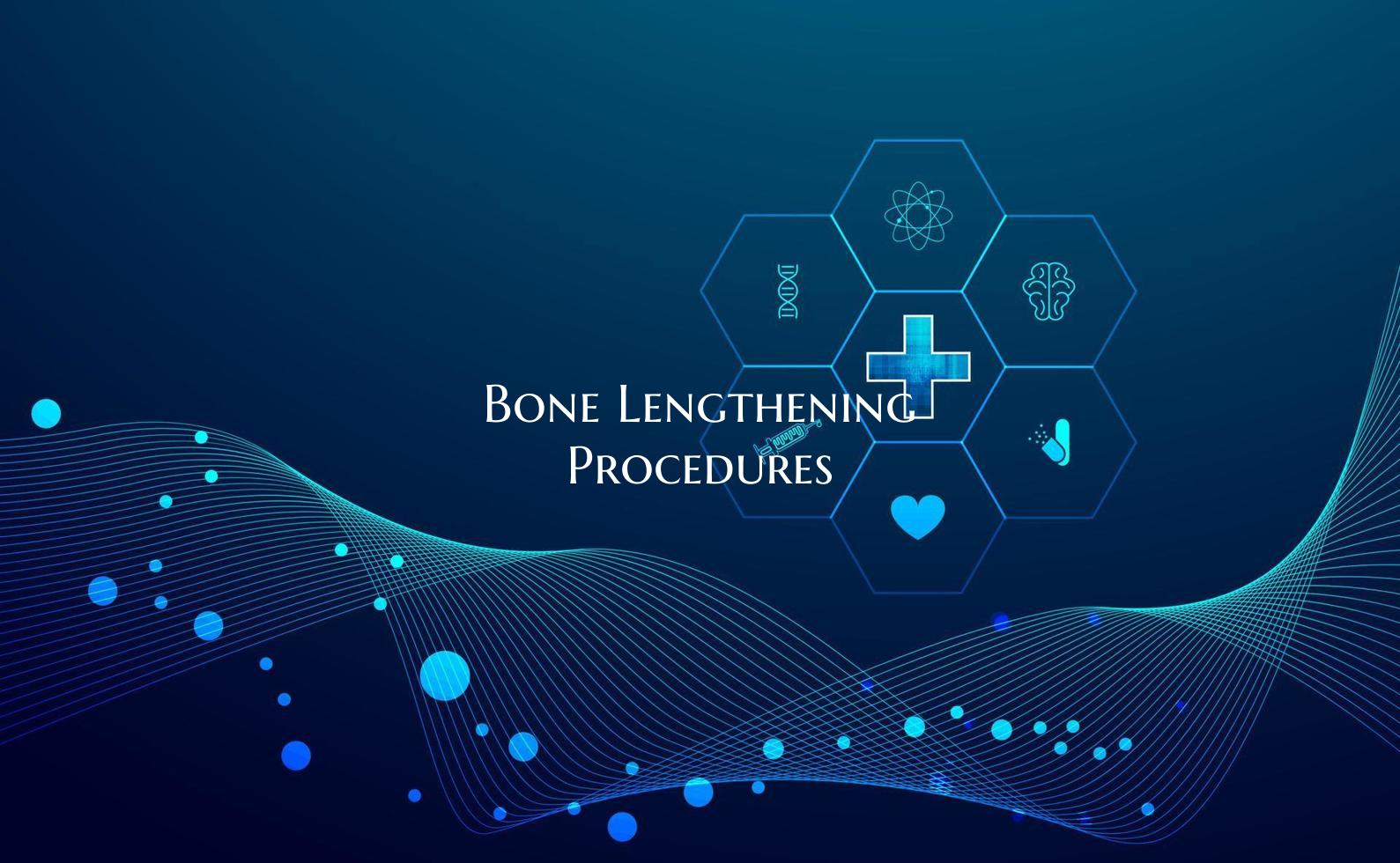
Bone Lengthening Procedures
Bone lengthening procedures, also known as limb lengthening, are surgical techniques used to increase the length of bones in the arms or legs. This procedure is typically performed to address conditions such as dwarfism, limb length discrepancies, or other orthopedic issues that result in shorter limbs.
There are several methods of bone lengthening, with the most common being the use of an external fixator device. This device is attached to the outside of the limb and is gradually adjusted to slowly pull the bone apart, allowing new bone to grow and fill in the gap over time.
Another method of bone lengthening involves an internal rod device that is surgically implanted inside the bone. This device is adjusted periodically to encourage bone growth and lengthening.
Bone lengthening procedures are complex and require careful planning and monitoring by a skilled orthopedic surgeon. Patients undergoing bone lengthening surgery typically need to undergo physical therapy and rehabilitation to ensure proper healing and function of the lengthened limb.
While bone lengthening procedures can be effective in increasing limb length, they also carry risks such as infection, nerve or blood vessel damage, and potential complications with the bone healing process. It's important for patients considering bone lengthening procedures to discuss the risks and benefits with their healthcare provider to make an informed decision.
In conclusion, bone lengthening procedures are advanced surgical techniques that can help individuals with limb length discrepancies or other orthopedic conditions achieve improved function and aesthetics. Careful consideration and consultation with a qualified orthopedic surgeon are essential for those considering bone lengthening surgery.